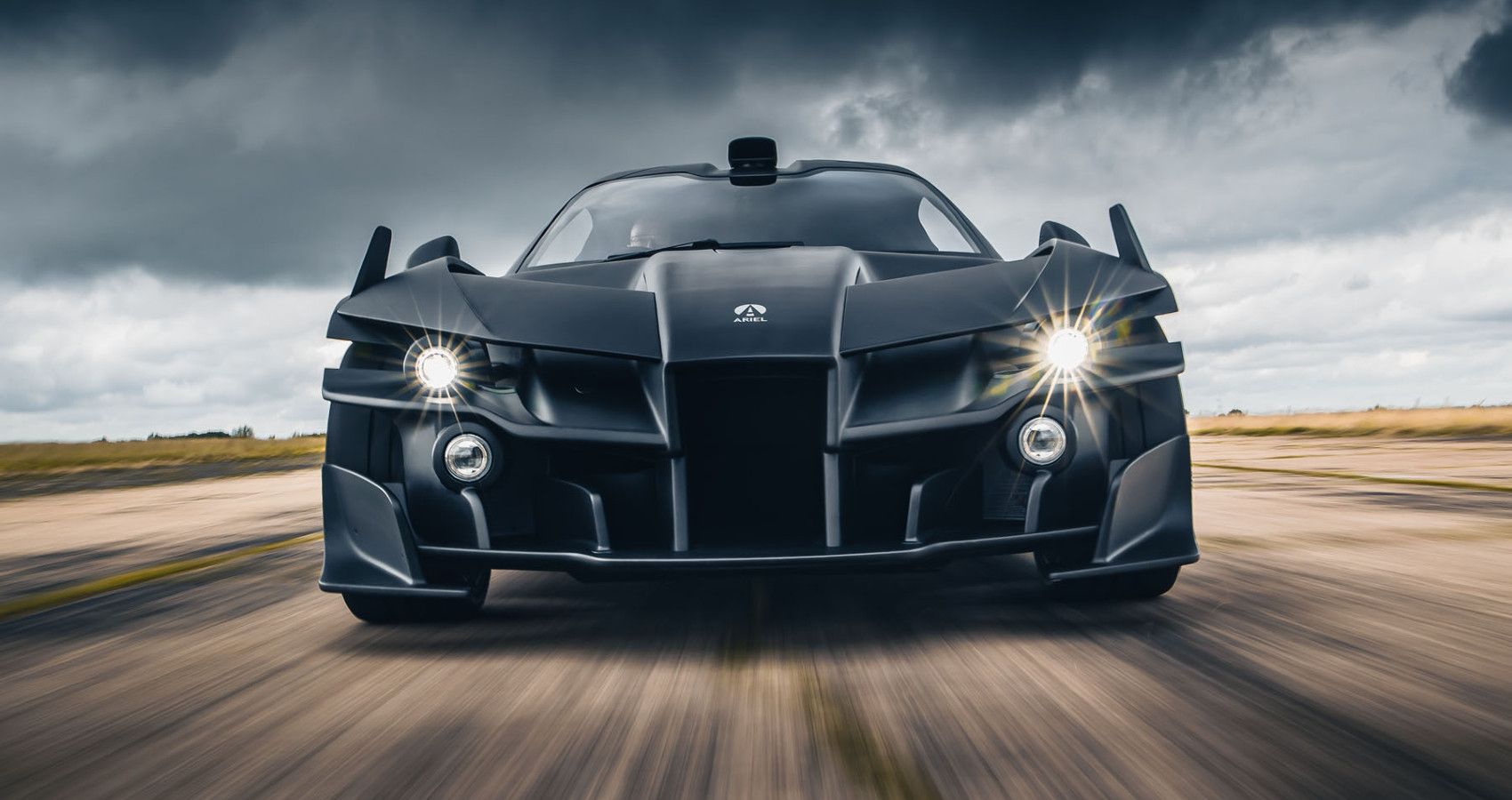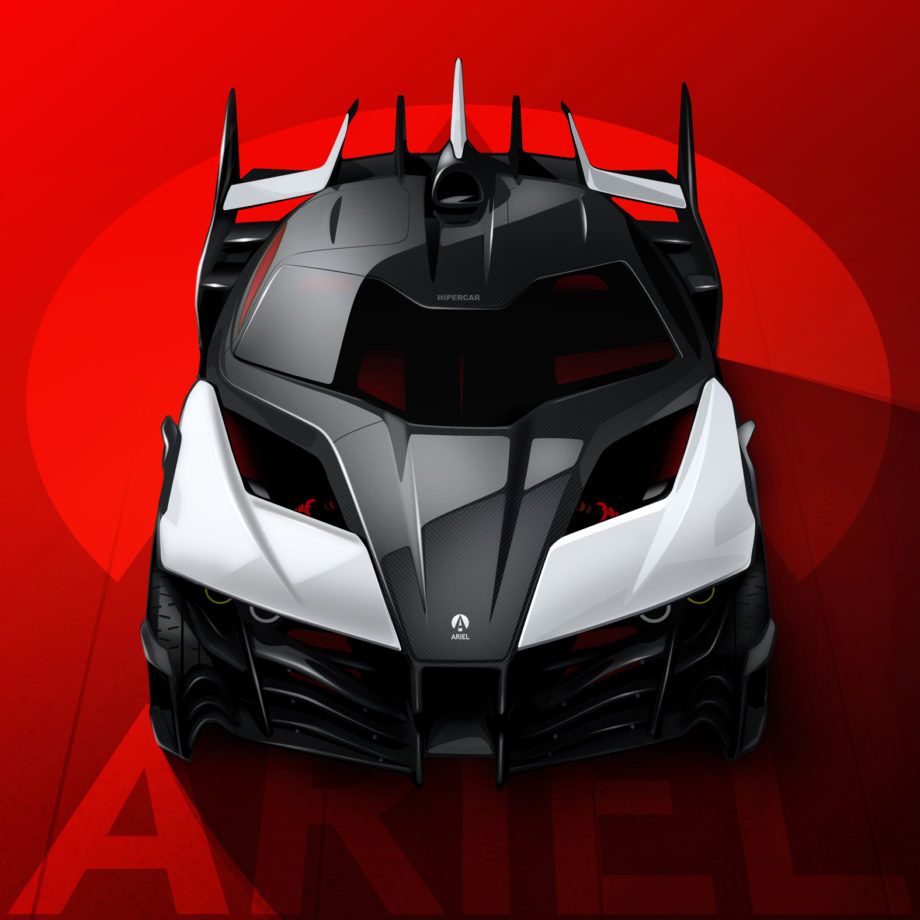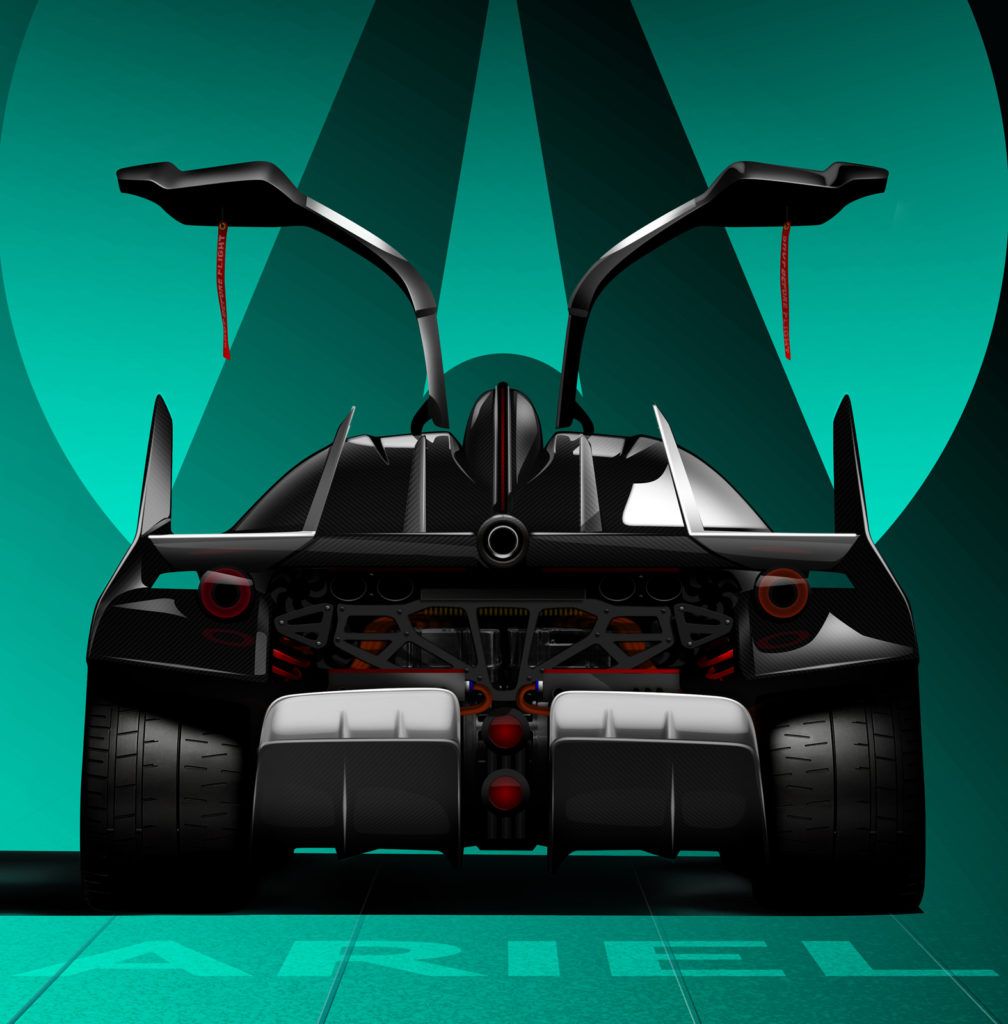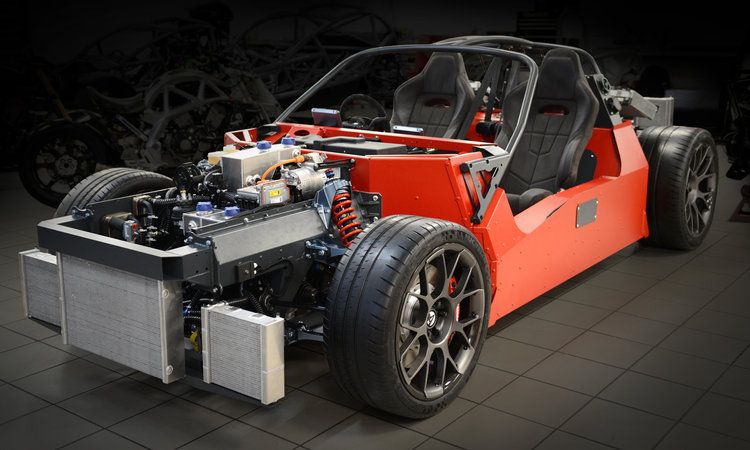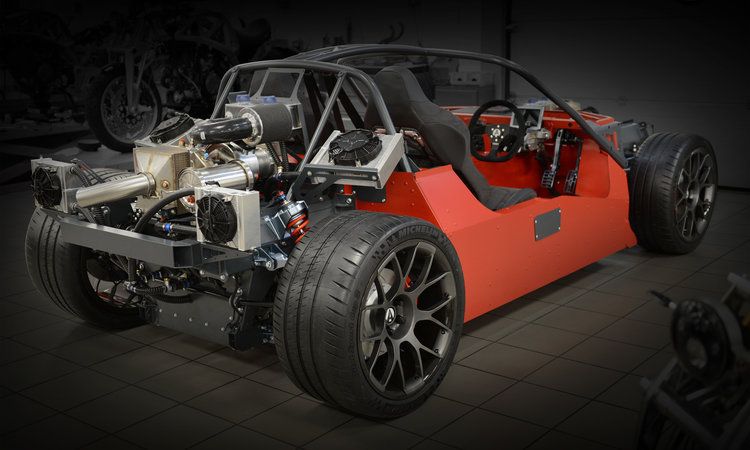It’s ugly and looks like a LEGO car, but the Ariel Hipercar is probably not the strangest of them all. Ariel has a reputation for creating atypical cars with the most interesting names. They include the road-legal high-performance open-wheel Ariel Atom and the off-road purpose-built Ariel Nomad Tactical.
Such an artisanal approach to vehicle design and cutting-edge automotive technology is why the British automaker has been called the Savile Row of the automotive industry. Ariel offers the chance to see, feel, and drive real-life cars that belong in video games like Forza Motorsport. A collaborative team led by Ariel and the British automotive engineering company Cosworth launched the Hipercar a few days ago, and we've learned that the automaker worked silently on the project since 2014.
It's near improbable that a small brand that manages to churn out a hundred cars a year would have the resources – money and expertise – required to build a supercar EV ab initio. Well, thanks to the close collaboration of government-funded entities like the Niche Vehicle performance, the Hipercar is in the pipeline, electrified, and ready to take the world by storm.
A Short History Of Ariel Motor Company
Ariel Motor Company Ltd is a small Somerset-based automobile manufacturing brand located in Crewkerne, England. The marquee is currently less than 50 staff members strong but serves customers from around the world. Although the company is seen as a young brand established in 1999, Ariel started life in 1991 as Solocrest Ltd but was renamed Ariel Motor Company in 1999. Since then, Ariel has focused on low-volume performance vehicles.
You’re probably wondering if there’s a connection between Ariel Motor Company and Ariel Motorcycles. Yes, Ariel remains a trading company of the Ariel Owners Motorcycle Club (AOMCC) Ariel Motorcycles firm. Ariel Motorcycles started off making bicycles in 1902 and then moved to motorcycles and then cars before the Birmingham Small Arms Company (BSA) bought the company in 1951. The last Ariel-branded motorcycle was a 3-wheel tilting moped introduced in 1970.
Autocar’s Sturmey Award-winning Simon Saunders resurrected the Ariel name in 1999, with Solocrest renamed Ariel to build what could be seen as legendary cars. The Hipercar is Ariel's latest creation as well as a leap forward and sideways from the "naked body" performance models the brand was known for. The car runs on an electrified powertrain bodied by lightweight aluminum carbon fiber.
Introducing The Ariel Hipercar
Together with Cosworth and other key partners, Ariel announced the Hipercar in August 2017. Hipercar isn't just a fancy name for a snazzy supercar. It's actually an acronym for High-Performance Carbon Reduction, which encapsulates what the car is all about. Hipercar utilizes an electric powertrain driven by Equipmake’s APM200 electric motors.
Equipmake says it designed the APM200 electric motor to meet the specific requirements of high-speed performance cars like Hipercar and that the motor has served aerospace and commercial transport applications. It features a unique spoke architecture that allows the rotor to be liquid-cooled, effectively maximizing its power output capability.
Hipercar’s APM200 delivers a peak speed of 10,000 rpm and a maximum torque of 331 lb-ft. It utilizes an integral 5.5:1 epicyclical gearbox, so the gearbox’s output shaft connects directly to the wheel hub. We’ll discuss the Hipercar’s powertrain and chassis in a bit more detail in the next subheading but suffice it to say that Equipmake has been in the business of developing and integrating industry-leading electric vehicle powertrains for more than two decades.
Ariel Hipercar's Powertrain And Chassis
You see the pictures of Hipercar in this article? You’d be right to call it bizarre, but we expect the Hipercar’s evocatively grotesque body structure to go into production unchanged. The body is made of carbon fiber, while the chassis and subframes are aluminum.
“Everything has gone through a lot of development since 2017,” said Ariel Founder and Director Simon Saunders. “So the chassis and body are considerably more sophisticated, as are the battery, motors, and control systems, but the basic idea and technical details are very broadly the same. An enormous amount of aerodynamic work has been carried out for both drag and downforce and cooling, but we have stuck to our original cool battery concept.”
With a curb weight of 3,185 lbs, the Ariel Hipercar is heavier than upcoming high-end track cars such as the Aston Martin Valkyrie and the New Zealand-made Rodin FZero. Even so, Hipercar is in the compact class, with an EV range of 150 miles. It’s propelled by four 290-hp Equipmake APM motors on each wheel - offering the option of 2- or 4-wheel drive– to deliver a combined 1,180 horsepower.
The car will be offered with RWD and AWD variants with a slight difference in power output. The AWD variant will have a total output of 1,163 horses and 1,327 pound-force feet of torque, while the RWD variant will deliver 581 horses and 664 lb-ft of torque. Hipercar will travel off of a single charge at peak speed for 20 minutes on the racetrack.
Ariel says the motor setup will be able to vary the torque to each half-shaft with an electronic system, in other words, torque vectoring at the wheels. It will come with a range-extending catalytic generator in the form of a compact micro-turbine powered by whatever fuel is appropriate. The motors get their power from a Cosworth-supplied 62-kWh battery pack running on 800-volt architecture.
Ariel Hipercar Body, Interior, And Features
The Ariel Hipercar is still in development, and the interior is barely done. But while the interior is yet unfinished, we get a general sense of a Le Mans-oriented interior vibe. People will never stop talking about the Hipercar’s LEGO-style body, especially those headlamps and running lights that look like screwed nuts. The center of the hood mimics F1 cars and blends almost imperceptibly into the alien-like front fascia.
Only Ariel would come up with a vent on the roof that looks like a clown hat tail and aerodynamic fins in the fenders, of all places. But what we find most fascinating isn’t actually the strange bodywork, but the optional range extender. Ariel shunned conventional piston engines or even a rotary engine as a range extender but instead adopted Cosworth's 47-hp CatGen turbine engine that turns on to charge the batteries when the car is in motion.

